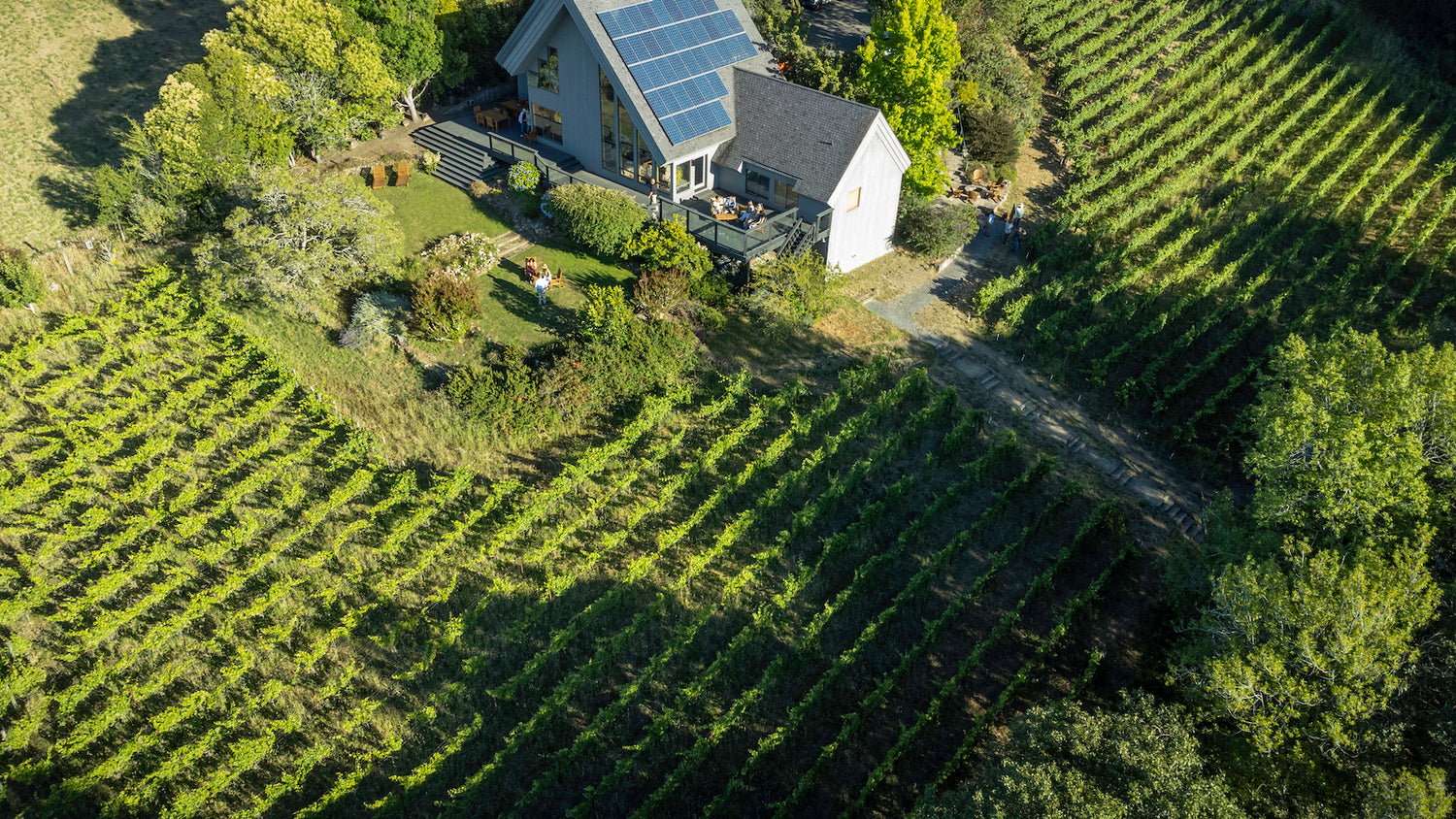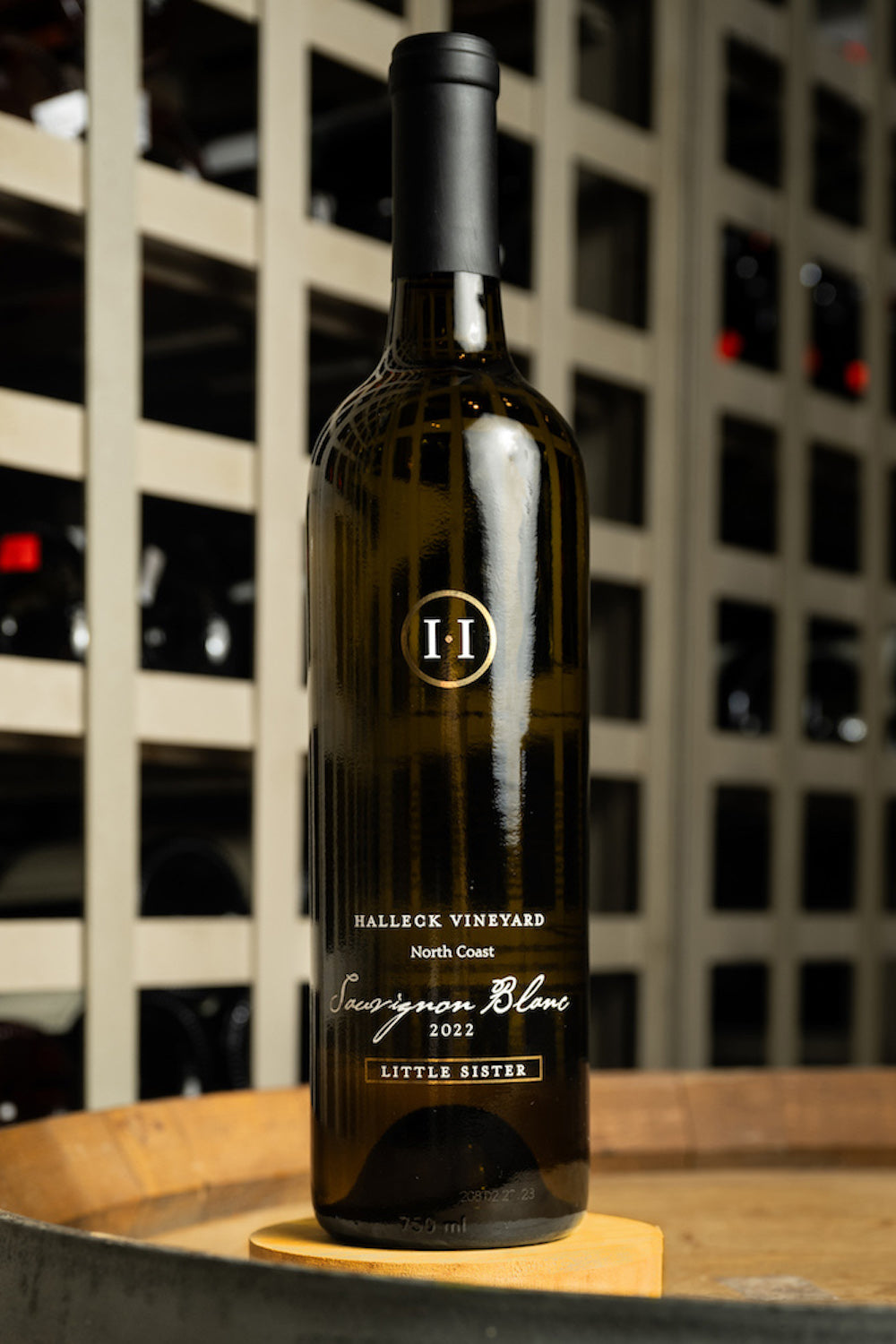Recommendations for Dog-Friendly Wineries in California
Recommendations for Dog-Friendly Wineries in California
Blog Article
Explore the Finest Wineries in Sonoma County for Remarkable Wine Tasting Experiences 95472
Understanding the nuanced vocabulary related to winery wine tasting is crucial for both novices and seasoned connoisseurs alike. Every term brings to life the experience of tasting wine and might enhance one’s appreciation of the various intricacies concerned. Wine tasting is extra than just consuming; it is an art that entails varied senses and feelings.
To start with, the term "nostril" refers back to the aromas one detects when smelling the wine. This is a crucial step as a end result of the bouquet units the stage for the tasting experience. Notes of fruit, spice, earth, and wooden could mingle, offering a glimpse of what the palate may affirm. Understanding "nosing" the wine can dramatically elevate one's sensory journey.
Another key facet is the term "body." The body of the wine describes its weight and fullness on the palate. A full-bodied wine has a robust presence and tends to linger longer after swallowing. Conversely, light-bodied wines may feel more delicate and refreshing. Recognizing the body helps tasters assess the wine's structure and steadiness.
Plan Your Visit Through Sonoma's Wine Regions
The idea of "tannins" is important in red wine tasting. Tannins are compounds derived from grape skins, seeds, and stems, contributing to a wine's texture and growing older potential. Excessive tannin wines often result in a dry mouthfeel, while decrease tannin ranges yield a smoother experience. This distinction is particularly essential when pairing wines with food, as tannins can both complement or conflict with sure dishes.
In addition to tannins, "acidity" plays a significant position within the wine tasting experience. Acidity provides wine its crispness and liveliness - Essential Tips for Vineyard Tours in Sonoma. Wines with greater acidity tend to be refreshing and energizing, making them wonderful companions for a wide range of foods. Recognizing acidity can drastically improve one’s food-pairing capabilities and general tasting enjoyment.
When delving into the flavor profile of a wine, one might encounter the term "finish." The end refers again to the aftertaste that lingers within the mouth after swallowing. A long end is usually associated with high-quality wines, as it signifies complexity and depth. A quick finish might counsel a less complicated wine. Knowing the method to consider the finish can reveal a lot a few wine's character.
Exploring the "vintage" is also integral to wine tasting terminology. The vintage denotes the 12 months in which the grapes have been harvested. Completely Different years can yield vastly totally different outcomes due to variations in local weather conditions. For occasion, a hot summer time can produce more concentrated flavors, while a cooler yr would possibly yield more subtle, nuanced wines. Understanding vintage allows for a deeper appreciation of a wine’s origin and potential.
Participate in Wine Tours Around California
The term "terroir" encompasses the geographical and environmental factors that contribute to a wine's distinctive character. Factors corresponding to soil sort, climate, elevation, and topography all play a job in the flavor and high quality of the wine. This connection to put helps one understand why wines from completely different areas can style so distinctively totally different, even when created from the same news grape selection (Sustainable Practices at Wineries in Sonoma).

When partaking with wines, the phrase "leg" refers to the droplets that form on the within of the glass after swirling. These droplets can indicate the wine's alcohol content and viscosity. Whereas observing the legs won't directly relate to the wine’s style, it provides to the overall experience and intrigue of wine tasting less clear.
Enjoy Outdoor Wine Tastings in Sonoma
A extra particular term which will arise during tastings is "oak." The influence of oak barrels on wine can impart flavors similar to vanilla, toast, or spice. The degree of oak aging can vary widely among wines, affecting both aroma and style. Understanding oak therapy supplies insights into the winemaker’s selections and the ensuing complexity of the wine.
In wine tasting, one may additionally hear the term "palate." The palate refers again to the general style experience within the mouth. This encompasses sweetness, bitterness, acidity, and physique. A well-balanced palate is important for a harmonious tasting experience, and recognizing any imbalances helps assess the quality of the wine.
The experience of wine tasting is tremendously enriched by understanding the terminology that accompanies it. Every term serves a objective, enhancing the flexibility to convey ideas and feelings concerning the wine one's experiencing. This vocabulary bridges communication between tasters, sommeliers, and winemakers alike.
To totally get pleasure from wine tasting, it is essential to engage all senses. The sight of the wine, its color, and readability can present insight into its age and quality. Swirling the wine releases aromas that heighten the olfactory experience, whereas the precise tasting allows for a complete analysis of the wine's profile.
Savory Food and Wine Pairings to Try in Sonoma County 95472
In conclusion, understanding the detailed explanation of winery wine tasting terminology tremendously enhances the experience of tasting. Every term invites the taster to engage extra deeply with the wine, encouraging connections to the senses, the winemakers, and the lands the place the grapes are grown. This nuanced vocabulary creates a richer, extra fulfilling wine tasting experience.
- Aroma refers again to the scents released by the wine, which can indicate its grape variety and influence the tasting experience.
- Tannins are natural compounds found in grape skins, seeds, and stems, contributing to the wine's structure and growing older potential.
- A end, or aftertaste, is the lingering flavor sensation that continues to be on the palate after swallowing, often a key indicator of quality.
- Physique describes the weight and fullness of wine in the mouth, generally categorized as light, medium, or full-bodied.
- Terroir denotes the unique environmental characteristics of a vineyard that have an effect on the taste and quality of the wine, including soil type and climate.
- Acidity is a crucial component that contributes to a wine's freshness and balance, impacting its aging capability and total flavor profile.
- Vintage signifies the yr grapes have been harvested and plays a significant position in determining the wine's characteristics, reflecting particular weather conditions.
- Decanting entails pouring wine from its bottle into another vessel, allowing it to aerate and enhancing its flavors and aromas.
- A corked wine could also be tainted by a defective cork, leading to musty or off-putting flavors that detract from the wine's meant profile.
- The term “legs” refers to the droplets that cling to the inside of a glass after swirling, usually related to the wine's alcohol content material and viscosity.undefinedWhat is the which means of "nose" in wine tasting?undefinedThe "nose" refers to the aroma profile of the wine, which is detected by way of the sense of odor. It's an essential side of wine tasting, as aromas can reveal lots concerning the grape variety, winemaking course of, and aging.
How ought to I correctly taste wine?undefinedTo taste wine successfully, comply with these steps: observe the color, swirl the wine to aerate it, take a gentle sniff to capture the aromas, sip and let it coat your palate, and at last, note the end. This strategy helps in appreciating the wine’s complexity.
What are "tannins" and how do they have an result on wine?undefinedTannins are pure compounds found in grape skins, seeds, and stems that contribute to a wine's structure and astringency. They can create a drying sensation within the mouth, and so they also play a role in the wine's growing older potential.
Taste Organic Wine Choices at Renowned Wineries in California 95461

What does the term "steadiness" mean in wine tasting?undefinedSteadiness refers back to the concord between the totally different components of a wine, similar to acidity, sweetness, alcohol, tannin, and flavor intensity. A well-balanced wine may have every of these elements supporting each other somewhat than overpowering the others.
What is the significance of "terroir" in wine tasting?undefinedTerroir encompasses the environmental factors—such as soil, local weather, and geography—that Read Full Article influence the characteristics of the wine produced in a selected area. Understanding terroir helps tasters recognize the distinctive qualities that different areas impart to their wines.
What does "vintage" mean and why is it important?undefined"Vintage" signifies the year when the grapes have been harvested. It is essential because it affects the wine’s quality and traits, as weather circumstances in the course of the growing season can considerably affect flavor profiles and aromatics.
What are "legs" and what do they signify?undefined"Legs" check with the droplets that kind and run down the inside of a glass after swirling wine. While they'll point out alcohol content and viscosity, they don't decide quality—this is more about personal perception of richness.
Culinary Options at Winery Restaurants in Sonoma County 95403
What does "full-bodied" mean versus "light-bodied"?undefined"Full-bodied" wines are wealthy, dense, and sometimes have higher alcohol content material and complex flavor profiles, whereas "light-bodied" wines are more delicate and refreshing with a decrease alcohol content. This distinction helps tasters perceive the expected weight and mouthfeel of the wine.
How can I identify fruit flavors in wine?undefinedTo determine fruit flavors, consider the aroma and style profiles. Swirl the wine, inhale deeply to capture the bouquet, and give consideration to specific traits. Familiarity with typical fruit profiles of varied grape varieties can enhance this identification course of.
What is "finish" in wine tasting?undefinedThe "end" refers to the aftertaste that lingers in the mouth after swallowing. A long, complex finish is often a sign of quality in a wine, because it reflects the depth of flavor and total craftsmanship in the winemaking course of. Report this page